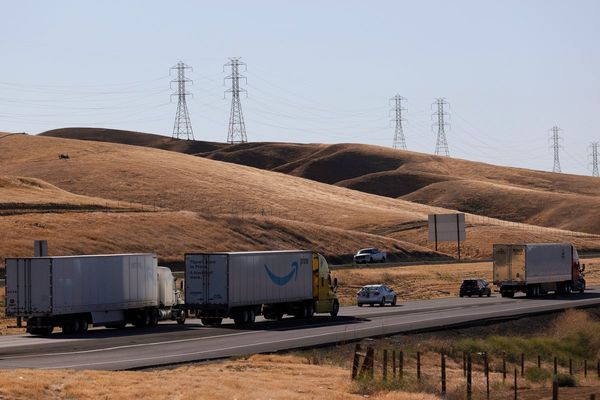
If you need convincing that Australia’s population is ageing – with attendant complications – then please be advised that adult incontinence products are now a bigger waste problem than baby nappies.
How big a problem?
According to the CSIRO, Australian parents throw out a billion dirty nappies a year.
Nearly all of those are sent to landfill, where they reportedly take 300 years to degrade, creating methane (our No.1 greenhouse gas) and other toxic gases.
A new study from Southern Cross University and the University of Queensland finds that by 2030 “waste from absorbent hygiene products (AHP) generated by adults will outnumber that produced by infants by between four and 10 times”.
Nappies for adults
Absorbent hygiene products is a polite way of saying nappies for people with bladder and bowel control problems, mainly women over the age of 60 and men recovering from prostate removal.
Usually it’s women who will take their problems to a doctor and men who drag the chain.
But many women keep their incontinence a secret, while men who have undergone prostate surgery can’t keep their leakage on the quiet.

It’s discussed before surgery and, simply put, afterwards men find they’ve turned into fountains. By necessity it is managed at least in the short term, and the men are sent home with pelvic floor exercises that reduce the uncontrolled flow.
Some men stick at it and recover. Others live with a dribble for a year and take up the option of surgery a year down the track.
How many people are affected?
According to a 2017 piece at The Conversation, best estimates reveal that about 8 per cent of adults experience faecal incontinence, increasing to 15 per cent for those over 70 years.
Urinary incontinence affects about 24 per cent of men and 53 per cent of women.
Incontinence is a symptom that “can result from a weakened pelvic floor (often resulting from childbirth), obstetric fistula, cancer, bladder or bowel dysfunction, emotional distress and many other conditions”.
It is not restricted to old people. Many younger women have bladder control issues after giving birth, and they also tend to keep it on the quiet.
“And it can be traumatising regardless of where you call home. Many cultures consider incontinence to be a taboo topic, not to be spoken about in polite conversation,” the authors of the 2017 article wrote.
A conversation we have to have
Co-author of the new paper, University of Queensland’s Professor Kate O’Brien, said: “There’s lots of discussion about the environmental impact of babies’ nappies, but our study shows that adult absorbent hygiene products presents a larger and faster growing waste issue.
“This study is about opening up the conversation to how we can better manage waste and consider other solutions going forward.”
One solution is making nappies genuinely biodegradable and compostable.
But there’s also the reality that for many people, incontinence can be cured, or certainly lessened through pelvic floor exercises or surgery.
Logically, if people could be emboldened to talk to their doctors or physiotherapists, and work to heal themselves, the need for adult nappies would be drastically reduced.
But getting that conversation started is the hard part.
You can read more about the new study here.







